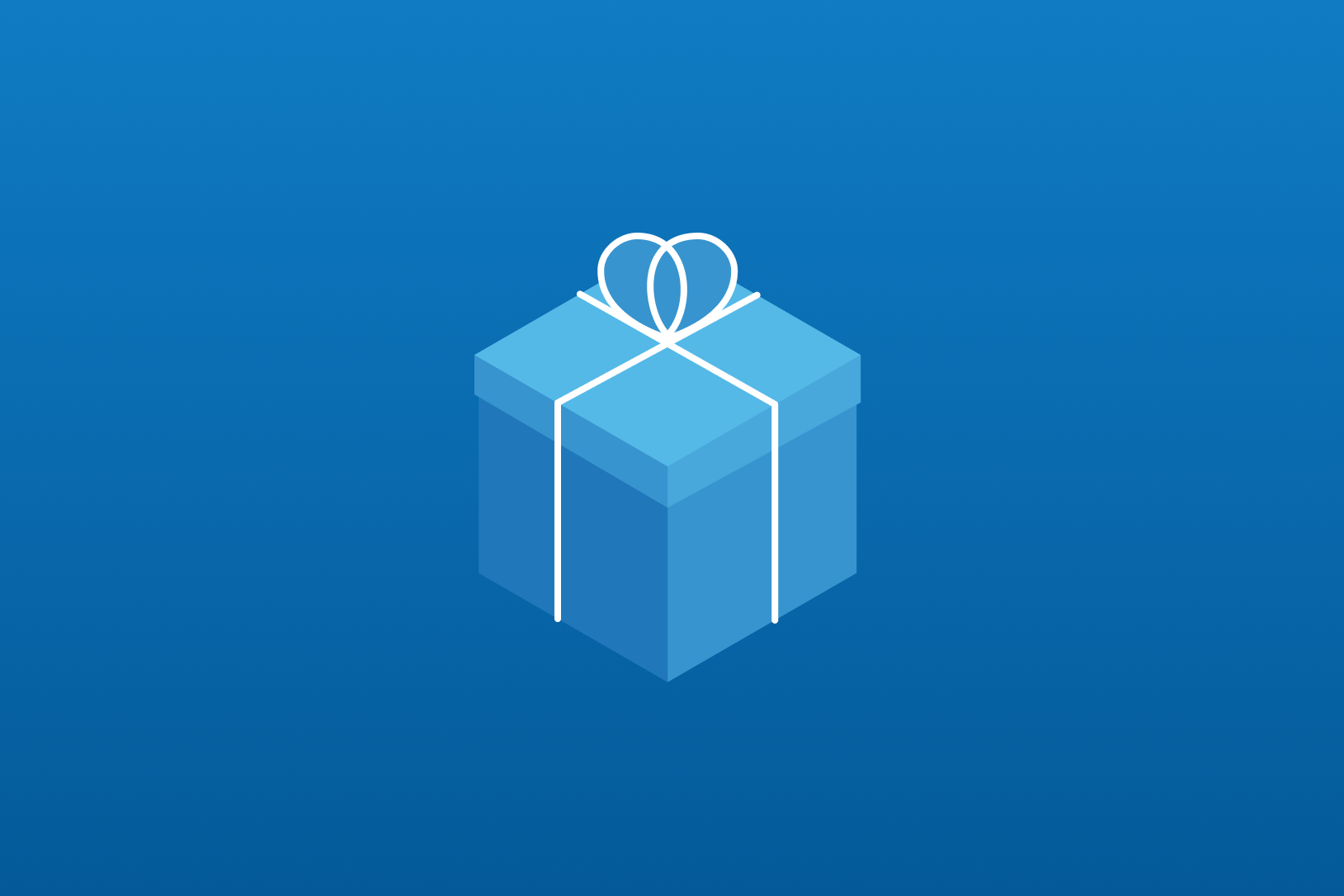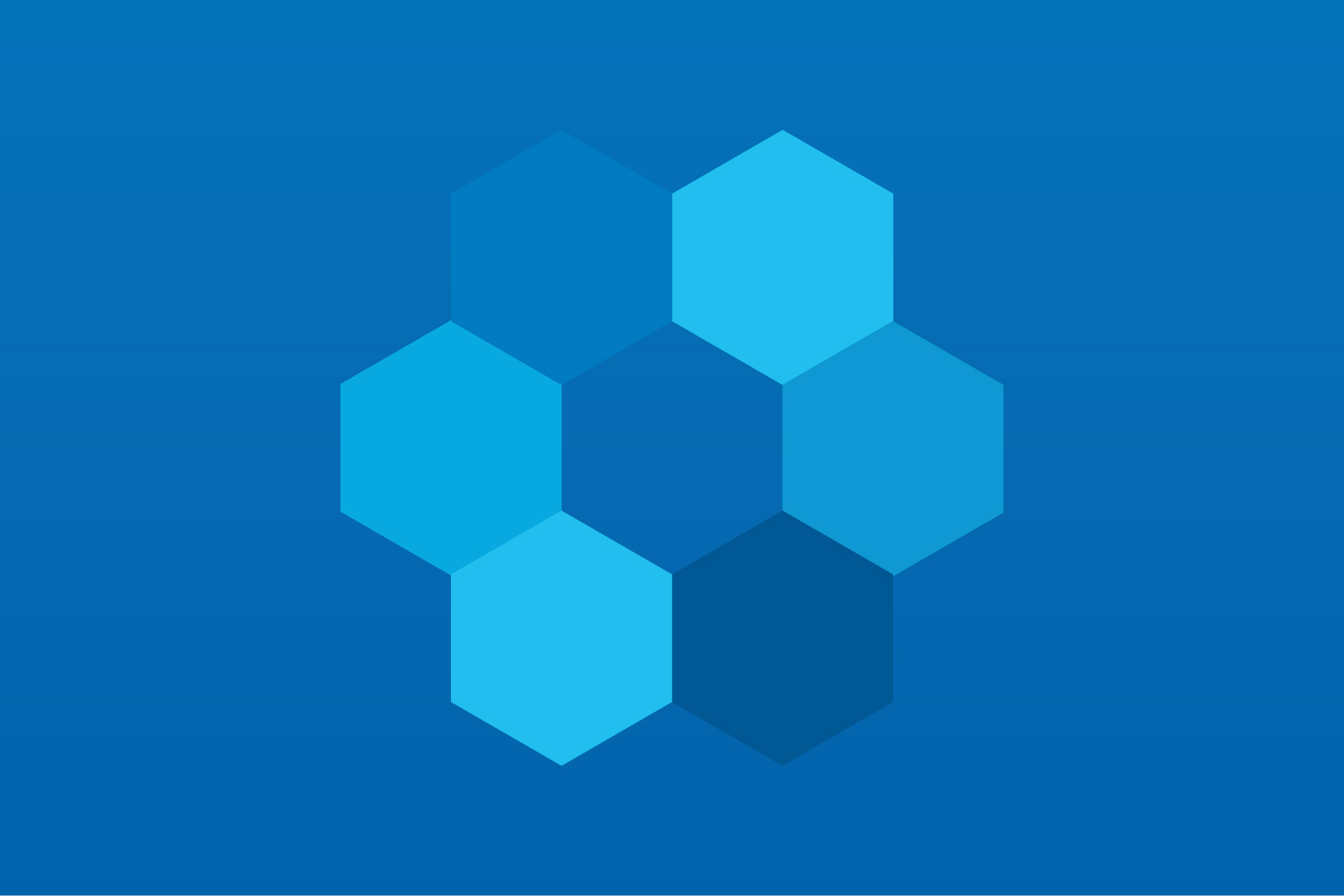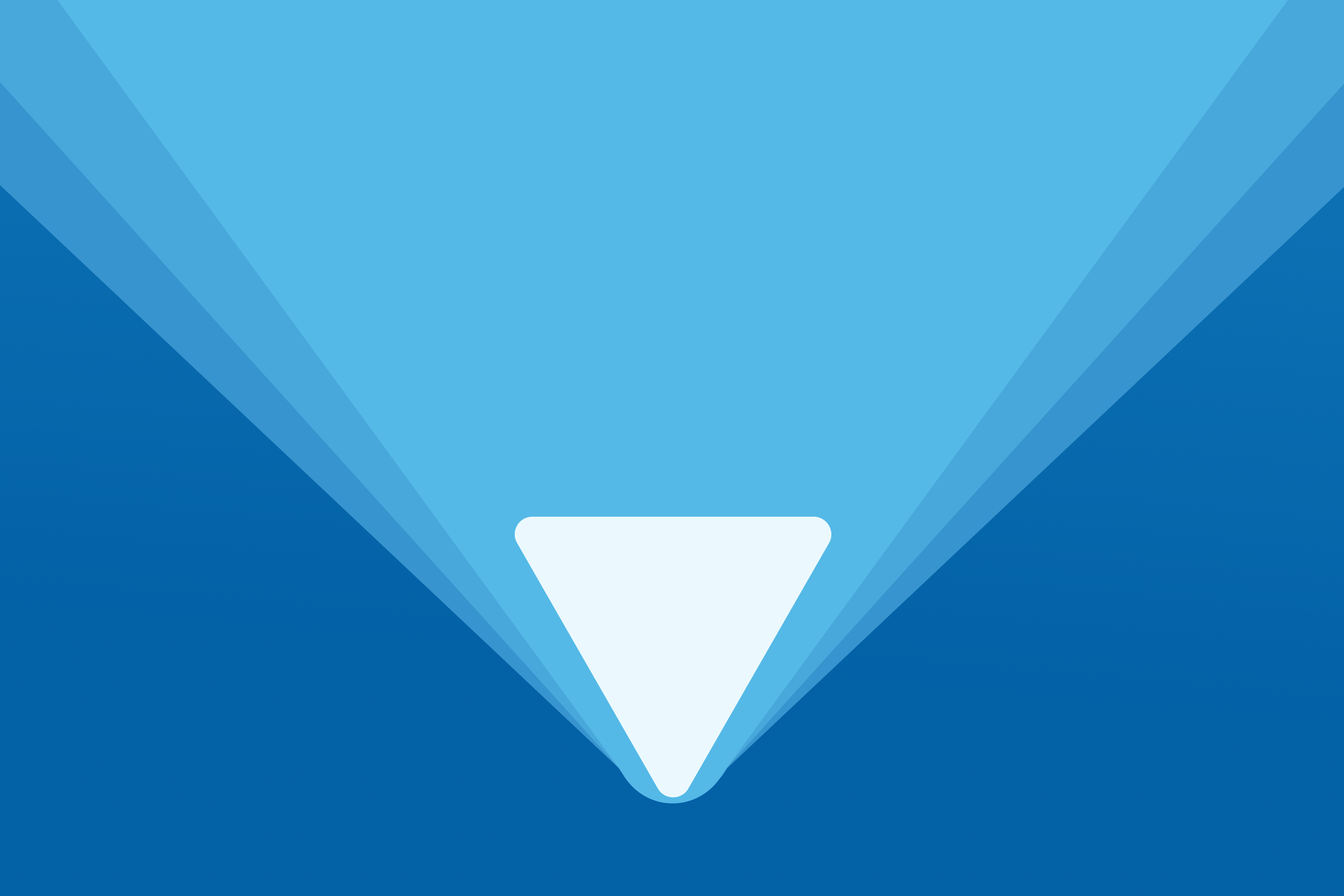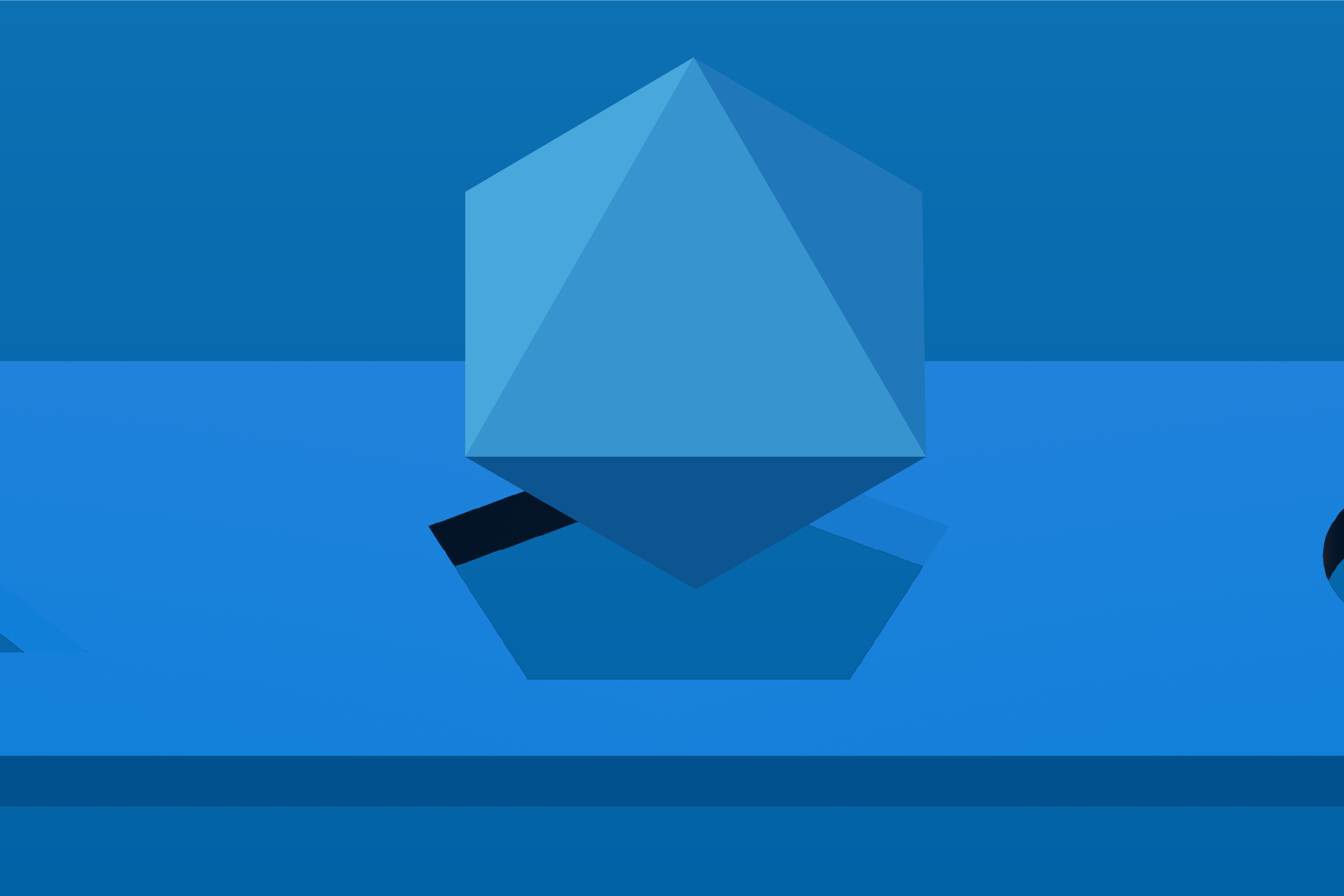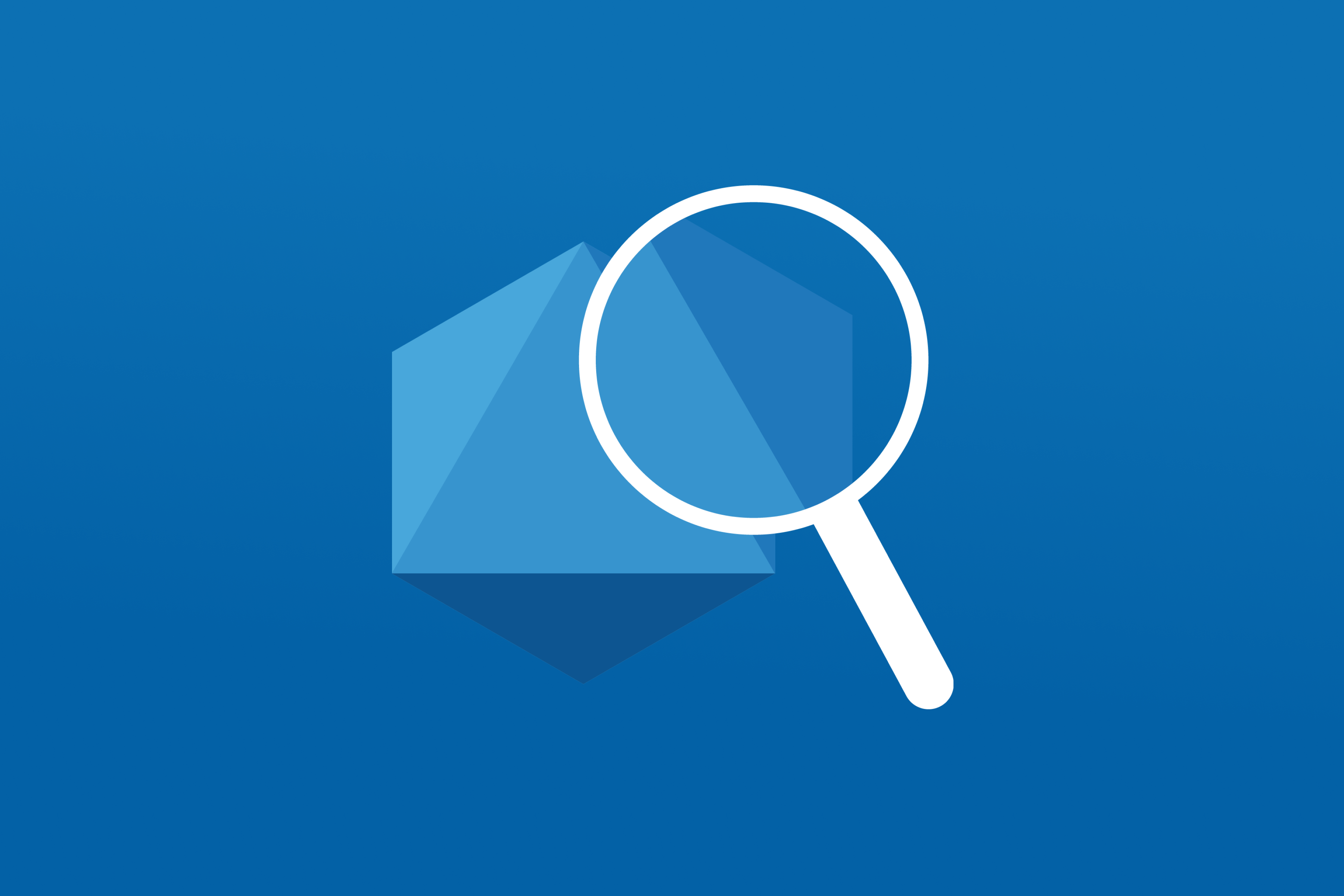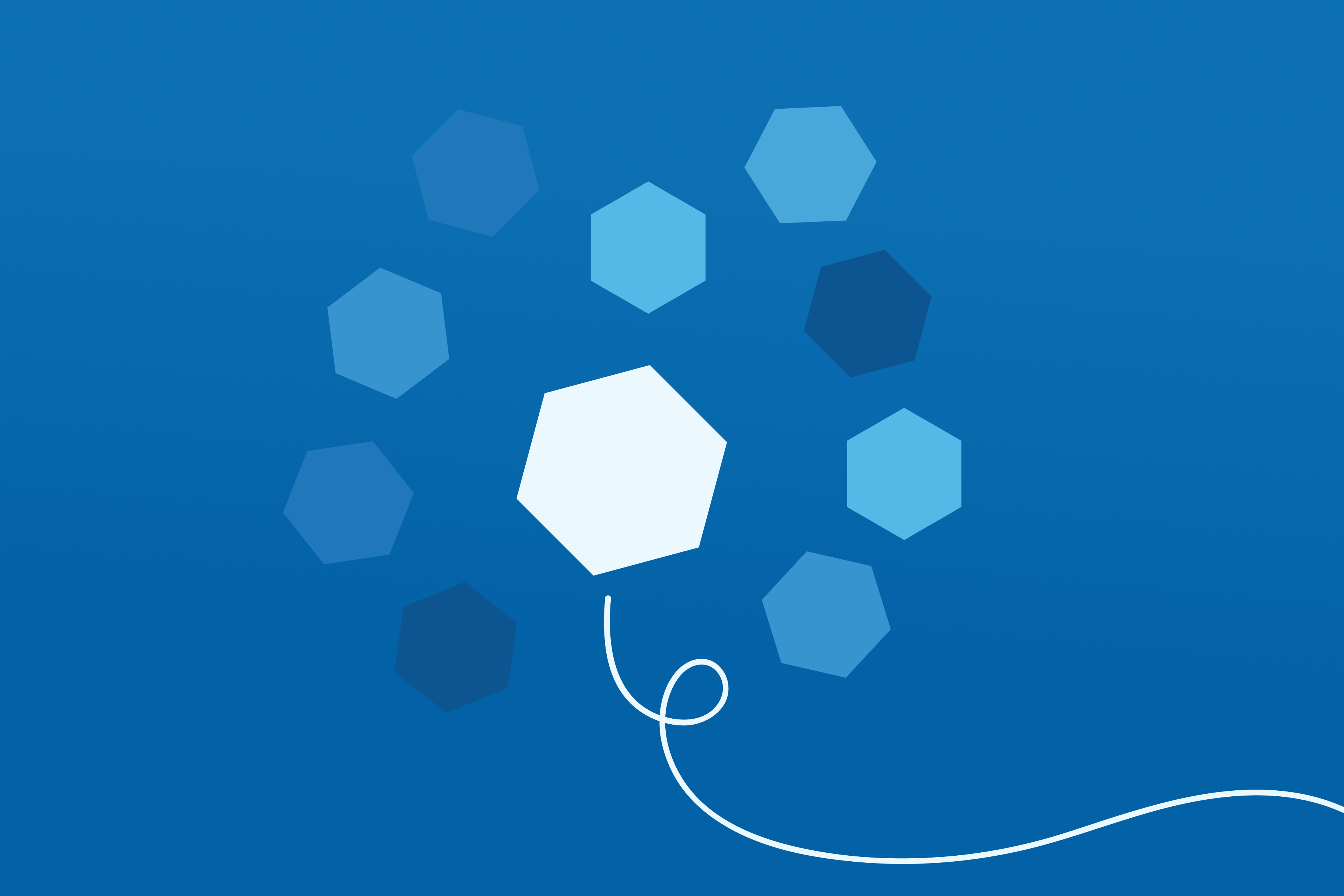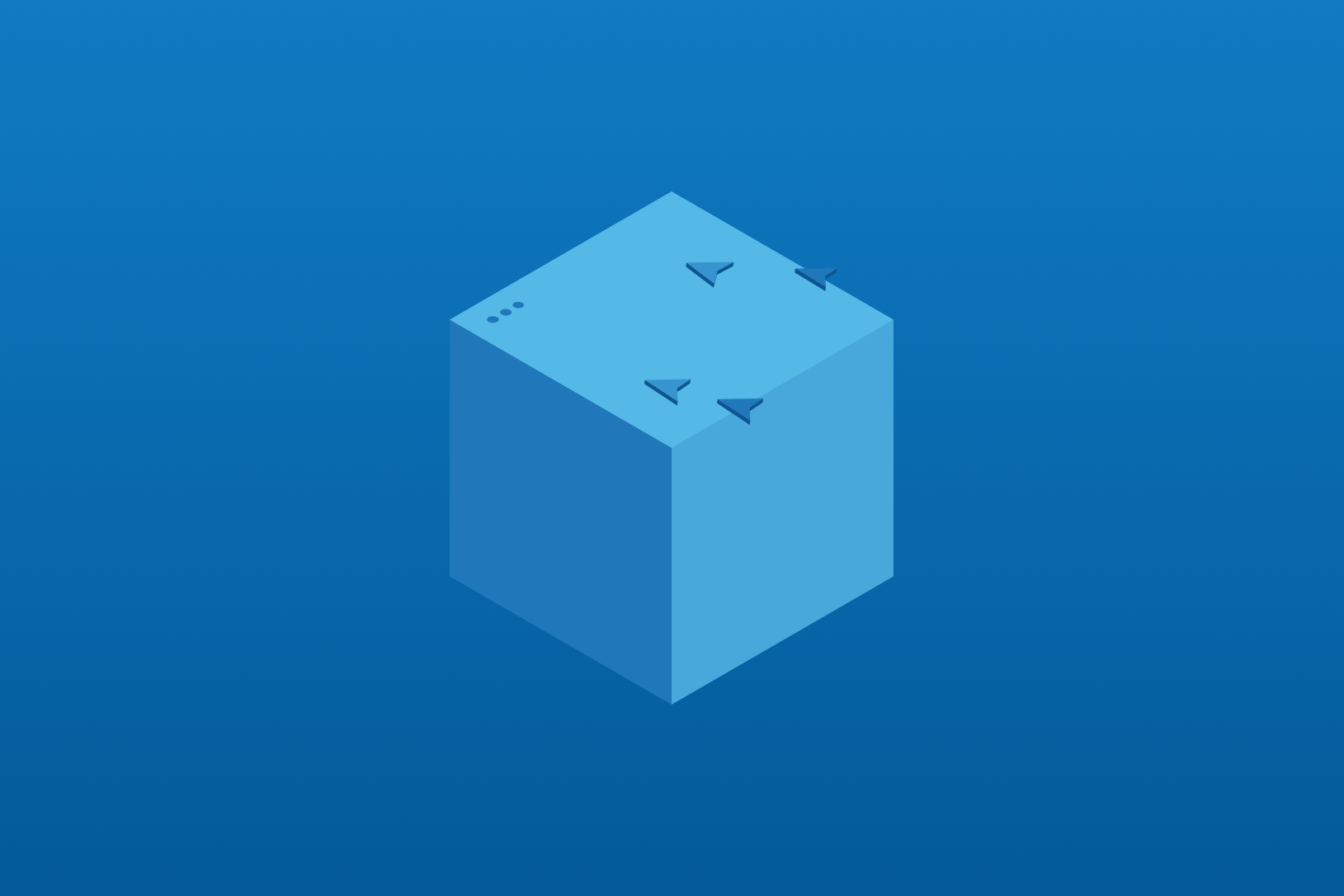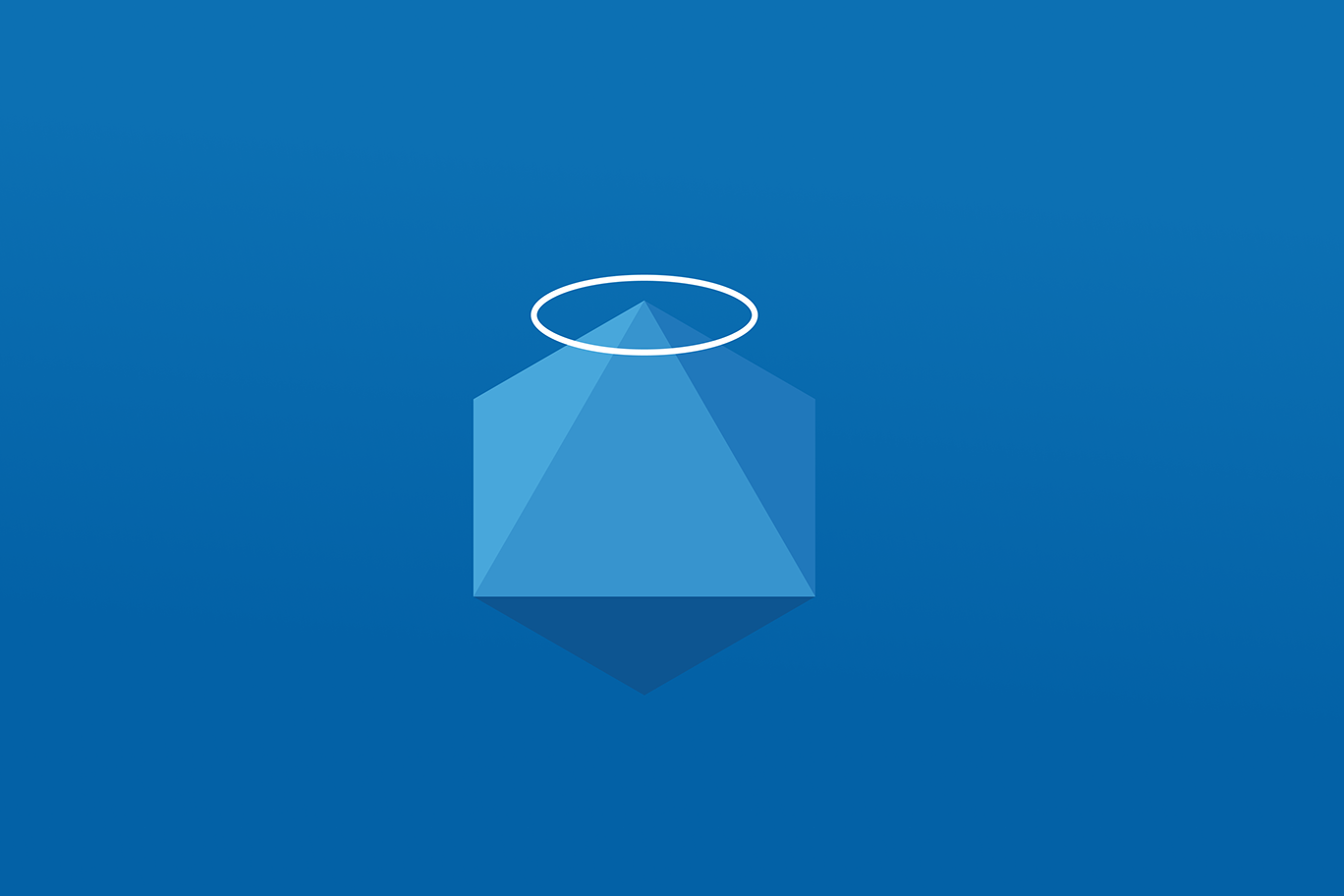Understanding someone's working style and day-to-day operations can facilitate more meaningful connections with them. The document that follows outlines my approach to onboarding new people into my work life. I hope to give them a healthy headspace for collaboration, with clarity around what makes me tick and how I operate at my best.
A Typical Day
Starting off with a wake-up call from my kids between 6 and 6:30 a.m. PST, I generally begin my day with a short walk or Peloton ride. Coffee, shower, hang-out time with kids, all prepare me for...
• 8 a.m. I start my workday on Slack or internal messaging tools to catch up on threads, including our on-call channels from International time zones. Even if I can't help, I like to nudge these often-forgotten posts to ensure they get my team's attention as soon as possible. It's important to me to feel omnipresent, especially as our WFH and remote work situation became the norm during the pandemic.
• 9 a.m. Check performance with my design team leaders (daily) and begin team OpMechs and 1:1s. I generally schedule 1:1s for 45 minutes. That helps ensure we have a buffer if things go over the allotted time, but sets expectations to not spend more time than needed to check in. A weekly cadence for my directs, with bi-weekly extended staff meetings, has served me and my org well.
• 11 a.m. Dedicated hour for morning email and Slack responses, especially for those folks in Central and East Coast time zones. I also use the mid-morning timeframe to connect with my Operations partners on Monday and Friday. Bookending my week with Design Ops syncs helps me stay proactive on resourcing and design sprint gaps.
• 12 p.m. Lunch recharge. In my work-from-home (WFH) scenario, it usually includes some playtime with the kids. No matter what, I leave my desk, move around, and get my mind and body in a great place to start the afternoon.
• 1 p.m. Listening to customers. Hopefully, this isn't taken as any objectification of people, and I look at my team's performance as the "product" for which I'm designing and fine-tuning with customer-backed rationale. With this mindset, my engineering, PM, marketing, and sales teams are my customers. In the same way, a product designer will dedicate time to understand their own end-user customers better; it's essential to receive input and identify opportunities for my team.
When I'm in step with cross-functional and cross-BU leadership, I'm able to ensure that the design strategy and the design leaders I support are supporting the business's needs. This "listening" time is also spent advocating for the support of my design organization's needs. Planting seeds around headcount, budget earmarks, research data, etc.
• 3 p.m. Recruiting/Growth mindset. "Always be hiring," as they say, in any given week, I like to set aside some part of my day (usually early evening) to scour my network across LinkedIn, Dribbble, and Behance. Staying informed about trends and best practices allows me to build new connections with the awesome humans behind the work and keep them in sight for potential recruiting opportunities. This typically includes a weekly update to my HRBP and recruiting partners, which includes People updates and highlights top talent.• 4 p.m. Design Culture mindset - Rooted in 3 metrics: Recruiting, Retention, and Reputation, late afternoons are generally spent connecting with "culture catalysts" from across the organization. I use this time to strengthen team culture by way of recognizing great work I've seen across the platform, plus advocating for external-facing storytelling and craft share-outs. Healthy pride around what we craft and "street cred" around the work we do internally all help establish a good sense of belonging.
• 5 p.m. Wind down and processing for tomorrow. Making checklists, to-dos, and setting up ad hoc meetings to keep our track of work humming. Maybe over an easy workout on the bike, but I'm also not opposed to spending this time over carb-heavy bar snacks.
How I'm described in the workplace
Human/Approachable: I prioritize authentic human connection over politics and bureaucracy. I'm often an over-sharer, vulnerable, and radically candid (with tact), and I appreciate the same from everyone I work with. I'm empathetic, a good listener, and would rather have a conversation with you on a walk vs. a sterile meeting room without art or nature as a backdrop.
Ambitious and Passionate: As growth feedback, I've been asked to "stop trying to boil the ocean". Noted. That said, my nature is to go big with all I do, challenge (but listen to) received wisdom, and push myself and those I support for greatness with an open mind and strong will.
Things I value
Future focus: This is an area of growth as I have been known to "play old tapes" or fixate on past behavior. Looking to the past to avoid repeated missteps is also an excellent way to work. But without defining thresholds (like how far you should be looking back) or a time-box, your time spent reflecting on historically bad behaviors can stifle a forward-looking mindset. For me, not getting this right has caused heartburn for my partners, and I'm actively working to improve in this area.
Feedback: ... is a gift. Truly. I cherish the time people take to help me learn from my mistakes and avoid potential new ones. When given in a constructive manner, candid and useful feedback is clutch for growth. Clear is kind and the clearer the better -- bonus points for coming to me directly before escalating, as I'm also a great listener. ☑️ Here's what my feedback checklist looks like.
Disagree and commits: Consensus-driven teams work in some contexts, but moving fast and innovating requires checked egos and strong trust. Alignment across functions and teams is generally ideal, but in the rare cases where rational and data-backed conversations don't quite get us there, working with people who can commit to testing a direction, learning, and pivoting from there (without "I told you so" energy) is a beautiful thing. 😘🤌
Customer-backed rationale: Following my heart, but taking my brain with me is a way I've framed trusting my instincts but always letting data win arguments and effectively earn trust from my partners and teams.
Integrity: Choosing courage over comfort; choosing what is right over what is fun, fast, or easy; and choosing to practice our values rather than simply professing them.
Myers-Briggs Science
Extraversion | Intuition | Feeling | Perceiving
As an ENFP, I might be seen as an enthusiastic innovator, always seeing new possibilities in the world around me. My world is full of possible projects or interests I want to pursue. I'm imaginative, high-spirited, and often able to attempt almost anything that interests me. I'm confident, not cocky, spontaneous, and flexible, and often rely on my ability to improvise.
I value home, family, friendships, creativity, and learning.
Product Principles
To succeed in crafting stellar business products, I believe in focusing on dramatically reducing the waste of financial and human capital generated by poor software. And more importantly, at a human level, the products my teams build must help people be more successful and, ultimately, happier in their work lives. These are the principles that have guided my team's and my work.
Help people grow and succeed: We must help individuals improve their job performance. Inline training and support are critical for these products, and helping people adopt best practices that can be difficult to understand is a significant part of the job.
Balance efficiency & effectiveness: In the consumer space, we optimize for extending time spent as much as possible; in the work context, this is an anti-goal. If we can shave time off a task that somehow has to be performed repeatedly during their workday, that’s money in the bank for everyone. But we need to make sure we don’t myopically focus on efficiency, and lose sight of what people are trying to accomplish.
Bring clarity to complexity: Business products have inherent complexity that must be considered. If you don’t simplify tools enough, people will have a hard time. But if you oversimplify, you risk losing the very value the product tries to provide.
Be accurate and predictable: We must be accurate and predictable. This is table stakes in the building business products. Companies can spend a significant amount of time, money, and energy on the tools we provide, and if they cannot count on reliable, predictable results, their investment, understandably, goes elsewhere.
Leadership Style
Over the past two decades, I've helped build and lead world-class creative teams to deliver impact and transformation through service design, design frameworks, digital products, and marketing surfaces. All while staying close to the work and rolling up my sleeves, when appropriate, with a servitude and transformational leadership style.
My leadership approach focuses on the growth and well-being of people and the communities I lead. Though decisiveness is crucial when dealing with situations where I may hold the right expertise, I strive to empower and put the needs of others first and help my staff, peers, and partners develop and perform as highly as possible through:
• Modeling Integrity and fairness
• Setting clear goals
• Clearly stating high expectations
• Encouraging others
• Providing support and recognition
• Stirring the emotions of people
• Getting people to look beyond their self-interest
• Inspiring people to reach for the improbable
